One of the things that always surprises my readers whenever they request a Batanes itinerary or a top list of things to do in Batanes is when they discover the fact that I grew up in this stunning group of Philippine islands. (Though I was born in Manila, I was raised in Batanes — not to mention the fact that I’m a full-blooded Ivatan local — and I stayed there up until I was 15. So YES, I’m a legit island girl!)
» READ: Batanes Itinerary for 5 Days
Now if you’re reading this and you’re not from the Philippines, let me tell you some fascinating facts about my lovely hometown.
NOTE: Simply click the ‘+’ symbol below to open up the section
» BATANES FACTS
- It’s a small northern paradise that’s almost near Taiwan
Batanes is the northern-most group of islands in the Philippines and it is dubbed by tourism officials as the country’s ‘Home of the Winds‘ due to its generally cool and windy weather. It’s a small province that comprises of 10 islands but with only 3 inhabited ones, namely: Batan, Sabtang, & Itbayat — with Batan being the main island and the most populated one as it has 6 districts (one of which is Basco, the provincial ‘capital’ which I have lived in for 15 years).- To prove even more how small we are, there naturally was a time that we were widely unknown — at least up until mid-2000 — that we even had to correct a popular local TV show when they declared another island below us, Aparri, as the farthest northern one (oh no you didn’t, Eat Bulaga!). It’s also just 190km south of Taiwan but, NO, we the locals don’t speak or understand Taiwanese.
.
- To prove even more how small we are, there naturally was a time that we were widely unknown — at least up until mid-2000 — that we even had to correct a popular local TV show when they declared another island below us, Aparri, as the farthest northern one (oh no you didn’t, Eat Bulaga!). It’s also just 190km south of Taiwan but, NO, we the locals don’t speak or understand Taiwanese.
- Plane tickets can be a tad too expensive but it will be worth every cent
More or less Php 4,000 to 10,000 for a one-way trip… that’s expensive, right? But I kid you not, it’s going to be worth it and you’ll know why, not only with the photos I’ll be posting but also with the top 10 list of things to do in Batanes that I’ll be sharing.- You might be thinking: why are the tickets expensive? Well, it used to be cheaper, like half of that price now or even lower… but that was a time when there were competing airlines that were traveling to our island. Eventually, as technology progressed and the number of people on flights are recognized as very low, the big airlines did not find our small airport as an ideal landing ground and they did not also find the flights as profitable. So eventually, only one (or few other) small airlines are now going to Batanes. (Then again, the tickets can be cheaper when you grab some promos!)
.
- You might be thinking: why are the tickets expensive? Well, it used to be cheaper, like half of that price now or even lower… but that was a time when there were competing airlines that were traveling to our island. Eventually, as technology progressed and the number of people on flights are recognized as very low, the big airlines did not find our small airport as an ideal landing ground and they did not also find the flights as profitable. So eventually, only one (or few other) small airlines are now going to Batanes. (Then again, the tickets can be cheaper when you grab some promos!)
- Almost everyone knows one another
We have a total population of only 16,000+, making us the smallest province in the country. Given this fact, it’s expected that almost every local know who’s who. As long as you mention your last name, they will likely say: “Ah! You’re the daughter of Adalid! How’s your mom?” — something like that.- By the way, we, the ‘natives’ are called “Ivatan” and our dialect/language is called that too. If you’re a foreigner, don’t worry about any possible language barriers because a LOT of locals know how to speak fluent English unlike some other far-flung provinces in the Philippines.
.
- By the way, we, the ‘natives’ are called “Ivatan” and our dialect/language is called that too. If you’re a foreigner, don’t worry about any possible language barriers because a LOT of locals know how to speak fluent English unlike some other far-flung provinces in the Philippines.
- It only started to gain exposure in the mid-2000s
Our family often went to Manila for vacations when I was young. Whenever I meet new people or if they hear my ‘unusual’ language, I have to tell them where I came from; once I do, they always reply back with an: “Ah, Batangas!” (A big province in southwestern Luzon). I will, of course, try to correct them and when they finally get what I’m saying, there will still be this puzzled expression on their faces since they obviously have never heard of my hometown at all. Eventually, I just felt that it was a lost cause to try and correct them all the time. But after tourism efforts picked up some steam around 2008, Batanes is now one of the most sought-out destinations in the Philippines — so instead of the past reactions that I have been receiving, I am now met with phrases like: “OMG you’re from Batanes?!” (Besides, it’s not every day that you meet someone from my province).- Right now, Batanes is best known for its untouched and unspoiled beauty, and it has even earned a nomination on the UNESCO World Heritage List.
.
- Right now, Batanes is best known for its untouched and unspoiled beauty, and it has even earned a nomination on the UNESCO World Heritage List.
- We have a very low crime rate or no crime at all
I still vividly remember that we mainly had Taiwanese fishermen as our only prisoners (because they often cross the border of the Philippines, do illegal fishing within our borders, etc.). Other than this, I also remember leaving my bag ANYWHERE and I can still come back to it, confident that I have all my possessions complete and intact. I was so used to this way of living that when I started living permanently in Manila, there was a phase where my friends would have to constantly exclaim, “Why aren’t you holding on to your bag? You crazy woman, don’t leave it all over the place!”- What’s more is that we even have this popular Honesty Coffee Shop wherein no one mans the store: we just get the things that we want to buy and then we’ll drop our payment by the drop box.
.
- What’s more is that we even have this popular Honesty Coffee Shop wherein no one mans the store: we just get the things that we want to buy and then we’ll drop our payment by the drop box.
- NOT a typhoon-infested land and it’s the only place in the Philippines that experiences tropical 4 seasons
First I would like to correct this misconception: we are not constantly battered by typhoons. People just started having this ‘idea’ because we are typically used as a reference point during weather reports. Second, I’m really not sure if it’s right to say that we have 4 seasons; it’s not an official thing either… but we do have very cold and chilly days from November to February. Our hottest months are from March to May (with April as the driest) and the rest of the months are often rainy (with August being the month where we mostly experience typhoons).
. - The sale of our lands is carefully moderated
We aim to have land owners to be Ivatans at most, but some big corporations seem to be trying to circumvent that now (I have read of an article wherein San Miguel is planning to build a hotel here, in partnership with a local. Let’s see how that goes… though if you ask me, I would love for big names to stay away because I like the charm and state of Batanes as it is. But I guess change is really inevitable.)
I hope that these facts have helped piqued your curiosity and wanderlust for Batanes! Going forward, my statements might come off as ‘biased’, coming from me who’s a local, but head on to Google and search for Batanes reviews and you’ll surely see a lot of tourists singing praises as well! *beams with pride*
TIP: Bring cash — credit cards are not widely accepted nor used here. Rest assured, we, the locals can speak fluent English; so if you ever need assistance, don’t ever be afraid to ask around (for directions, recommendations) and everyone will be very glad to help you out (or you know… just continue reading this and you’ll already have a big idea of what Batanes can offer you!)
With that said and done, whenever you have the time and money and are in the Philippines, I suggest that you pack your bags and book a trip to this northern paradise! And once you’re there — from a full-blooded ‘Ivatan’ to you — here is a list of things to do in Batanes that you should ABSOLUTELY follow.
Must-Do Batanes Tours?
Come and check out this list of the best Batanes tours which features the best activities and guided packages to do in places like Basco, Sabtang, and more.
.
You can also inquire with Iraya Travel & Tours for their package rates; it’s owned by a local who is a friend of mine, or with Batanes Travel & Tours — just let them know that I referred you to them!
Things to Do in Batanes
1. Visit the beaches
We have an AMAZING coastline! If you ask me, we might just have all the types of beaches there can be.
For my picks, try Chadpidan Beach and Nakabuang Beach. And yes sir, we do have beaches that can equal the beauty of Boracay! The perfect plan? Just lounge by the shore, have a picnic, grill some fish (try Batanes’ favorite fish: the ‘dibang‘ or flying fish), grab some booze and play some music!
Discover the other beaches on your ow too — though if I can give you another tip, other than checking out Diura Village’s beautiful coastal terrain, we also have a magical lagoon called Homoron Blue Lagoon in Mahatao which is also called the Spaniard’s Lagoon because, during the olden times, only the Spaniards were allowed to take a dip in here. (But certainly, now, anyone can… so take that, Spaniards of the Spanish era!)
If you want a photo spree on one unique beach, try Valugan Beach. There are these numerous large boulders that are spread out across the coast, charming a lot of photographers and tourists alike!
Other than beaches, we often have caves near the coast that are also wonders in themselves, worthy of exploration. Some of the popular ones are Chawa Cave in Mahatao and Nakabuang Cave in Nakabuang Beach in Sabtang.
You shouldn’t even dare leave the island without witnessing at least one sunrise and sunset. I always remember how my classmates and I would enjoy going to the nearest beach after school hours, and then riding our bikes to go to the distant ones for a longer picnic on the weekends!
– – –
2. Walk around: get to know the Ivatan people, their history, and culture
We, the Ivatans, are probably the warmest folks that you will ever meet in your whole life! We tend to be a bit shy at first, but go and strike up a conversation, send a greeting our way, or flash us a smile and we will seem to be a dear friend that you have known for years.
We will even be more than happy to answer your questions and make you feel at home. (Though I’m pretty sure that now, with the steady stream of tourists coming in to the island, my fellow Ivatans are probably more proactive to approaching and greeting foreigners, more so than ever before).
For one of the things to do in Batanes that you should not miss out on, it’s to visit the Fundacion Pacita Lodge in Basco, the former house of internationally known artist Pacita Abad who was a full-blooded Ivatan (as pictured above).
…or, go to the ruins of the LORAN (Long Range Navigation) Station, a former US facility during the war in Uyugan, or to the Ruins of Songsong, a group of roofless old stone houses that were abandoned in the 50s when a tidal wave hit Batan.
We actually have a LOT of WWII memorials or landmarks and we often make up ghost stories about them; there’s even the Dipnaysupuan Japanese Tunnel in Basco built also during WWII.
If you want to witness the Honesty Coffee Shop that I mentioned at the top of this post, rent a motorbike and just head to the Ivana municipality (where it is located).
Learn about our famous headgear too! It’s called vakul (for women) and talugong (for men). Not a lot of people wear this (it’s mostly the elder ones since it helps protect them from the rain and sun when they’re out on the fields) but it’s a symbol of our culture and past.
TIP: You should meet lolo Elo Hostallero in Sabtang (the oldest man in Batanes) and lola Ida Estrella in the house of Dakay (she owns the oldest house in Batanes).
– – –
3. Visit the other islands
I have already mentioned this above, but I’ll mention it again: Batanes is a group of 10 islands with 3 inhabited ones. They are Batan, Sabtang, and Itbayat.
TIP: Book online to reserve your spot on a Sabtang day tour!
Batan is the main part of Batanes and it comprises the districts Basco (the provincial ‘capital’), Mahatao, Ivana, Uyugan, Itbud, and Imnajbu.
Itbayat is the largest in the group of islands, but it’s not the most populated (Batan is). Sabtang is the southernmost island and the least populated (around only 1,000+).
Other than these 3 occupied islands, you can try visiting the unspoiled ones in the grey text above.
I believe Siayan and Mavudis (Y’Ami) are currently the only two islands that are open for tourists and it mainly constitutes traveling first to Mavudis and then staying a night in Siayan — since Mavudis has no portable water. Be aware that the sea waves can be quite strong over these parts, so the trips would be a bit of a ride!
– – –
4. See the traditional stone houses
I remember someone asking me before: “So you guys live in caves?”
…Probably because they heard of the term ‘stone houses’. I resisted the urge to laugh but, no, we don’t live in caves, darling. Our ‘stone houses’ are much like any other house, but built with different materials.
In our language, we call our houses as ‘vahay‘. As per Batanes history, we used to live in the highlands in cogon houses, but the Spaniards forced us to the lowlands and taught us how to build stone houses using limestone and corals — which was quite helpful because these could actually withstand strong typhoons and even earthquakes (which we occasionally experience).
I have lived in the main municipality of Batanes — Basco, a more urban place than the rest of the municipalities — and it almost has no inhabited stone house left.
Most of the houses are modern brick or cement houses now; but, don’t fret! There are still a lot of stone houses in the other districts like Ivana and Mahatao, but it’s in Itbayat and Sabtang where you could see more of the stone house communities with locals living in it.
– – –
5. Enjoy the rolling hills!
Almost half of Batanes’ landscape is hilly and mountainous; which makes the place iconic in itself. After all, some do revel in the fact that it can rival the beauty of New Zealand. So heed my advice and head to the hills: enjoy the view, take jump shots if you will, and hike!
But yeah, one does not simply leave without doing one of the best things to do in Batanes: taking jump shots in one of the numerous picturesque spots — which is like… everywhere!
One couldn’t even call it a ‘Batanes’ experience if you won’t take the opportunity of going on a hike. There are just so many areas to explore! If you can, I strongly advise that you find some time to trek Mt. Iraya! It’s a dormant volcano rising at around 1,517 meters; the top can be reached in 3 hours and mountaineering or trail-blazing folks would enjoy this terrain.
As for the hills, my favorite place ever since I was a child has always been the Naidi Hills (where you could also find the Basco lighthouse). I even remember the countless times that my classmates and I would roll down the hills, and then I’d arrive home with bruises and bits of grass in my hair and on my clothes — but with a VERY big smile on my face… island life FOR THE WIN!
The icing to the cake: drop by the island’s own ‘Marlboro Country’!
We actually call it ‘Rakuh a Payaman’ in our language (which literally means: a vast place where you can walk around) and it showcases a breathtaking view of vast pasture lands and dramatic cliffs, with the Pacific Ocean as a backdrop. It’s clearly communal pastureland where free-roaming cows and carabaos laze around, but YOU can laze around as well!
TIP: To capture all of these top sights, book online a 3-day tour all over Batanes!
– – –
6. Visit the man-made attractions
Other than our stone houses, try visiting some of our churches and lighthouses as part of your things to do in Batanes.
The islands have a lot of churches that have been built in the 70s or 80s. Some have been renovated like the main church in Basco called the St. Dominic de Guzman Cathedral but it still holds the same charm that it had back then.
Every municipality has churches of its own as well; but one of the most iconic ones it seems is that of Mahatao’s church: San Carlos Borromeo Church. This was built in 1873 and has been declared a cultural icon by the NCCA (National Commission for Culture and the Arts) and the National Museum.
Otherwise, if you want a relaxing dip, visit the Spring of Youth — a man-made pool with spring water and a view of the Pacific Ocean and Mt. Iraya.
Batanes is specked with lighthouses too; witness the rounded Basco Lighthouse (in Naidi Hill) that faces the West Philippine Sea and the hexagonal Tayid Ligthouse in Mahatao that faces the Pacific Ocean
– – –
7. Roam around on two wheels and see more attractions!
This is a must!
There are shops that lend you bicycles and motorcycles, so go ahead and rent one! These are our common means of transportation other than the jeepneys; though, I’m pretty sure that there are more cars going around Batanes now.
Years ago, however, I could have only counted the cars with my hands Rest assured, I don’t think there would be much of them anyways because our roads are not that wide and it’s much more fun with a bike.
Now that you have your bike, go and travel along the winding and cliff-hugging roads that connect one of our municipalities to the next. Remember to blow your horn when on a curved road!
f you’re up for it, you can bike from Basco up to the end of Batan island which is Imnajbu; it’s a long bike, alright! But my friends and I have done this countless times and we usually finish in just half a day! It was soooo awesome!
Besides, you get to control more of your time and route as you travel through Batan. Make sure to check by the View Deck in Mahatao that’s called ‘Chawa‘. It gives you a wonderful view of our cliffs and it even has a steep staircase that will lead you to the bottom coastline. Afterward, when you reach Uyugan, see the Alapad Pass which has a majestic rock formation and a fantastic view of the surrounding beaches.
– – –
8. Experience local public transportation like the faluwa!
If you’ve done #7, you’ve experienced a ride for individuals, so now, I think it’s time that you try our transportation for groups!
First up: our jeepneys. Sure, you have these vehicles in every part of the Philippines, but ours make trips on picturesque cliffs and sea views.
Second: our faluwa. It is our native Ivatan motorized boat that’s unlike most of the boats in the Philippines because ours don’t have the outriggers. Our smaller boats called tataya, don’t have outriggers as well — why? Because in this way, the boats can glide freely in rough or turbulent waves.
The faluwa is much like Noah’s ark, but smaller of course! Tourists often find it scary (well actually, I find it scary too) because imagine this boat and a sea full of big waves… And well, it sounds like a recipe for disaster, right?
But I assure you, it’s safe. The ride might be wild and crazy but most of the time, it won’t be. Besides, it’s one of our transportation vehicles; we won’t keep using it if people keep dying, right?
Anyhow, as a bonus for riding a faluwa, you can even get to see dolphins. But of course, you can only ride a faluwa if you venture out to the other islands like Sabtang or Itbayat as one of your things to do in Batanes — which you should!
– – –
9. Try to attend at least one fiesta
I promise you, it gets really lively and fun! You’ll get to see cultural presentations like the native Palo-Palo Dance, Fundanggo, Sagalas & Gozos, and more!
The main fiesta you should witness is Batanes Day (which happens on June 26) and it’s usually a week-long celebration consisting of fairs, parades, sports festivals, and shows.
Other festivities are:
- May 1: Ivana Fiesta
- May 10: Uyugan Fiesta
- June 13: Diptan Fiest
- June 27: Valugan Fiesta
- August 8: Basco Fiesta
- November 4: Mahatao Fiesta
r just be there for Christmas! We have a lot of events happening during the holidays, and if you’re from the Philippines, you can get to experience a real chilly Christmas here.
And of course, much like any feast in the country, you are free to step into someone’s house — everyone will be happy to accommodate and feed you (yes, even if you’re a total stranger). Just say: “Kapian kamu pa nu dios!”, introduce yourselves, and celebrate the occasion with the locals. Have fun!
– – –
10. Eat, eat, EAT!
As a seafood lover, I advise that you ABSOLUTELY try the payi (lobster), tatus (coconut crab; yes they do eat coconuts), and dibang (flying fish)! You would be surprised how seafood here is very cheap, but I guess it would still make sense to you since we are an island.
Personally, I miss tatus that I swear, I would kill to have it on my dinner table every night! ♥ We might be the only place in the Philippines that have these coconut crabs!
UPDATE AS OF 2017: It has now been declared that tatus is an endangered species in Batanes. Hence, eating it is illegal. We dearly hope for your cooperation so that they can repopulate and be taken off of the endangered list.
Other fish dishes you should try are arayu, doradu, mahi-mahi. Try the lataven a amung (kinilaw) too which is a perfect pair for your bottle of beer!
Rootcrops: pinasu a wakay, dukay, gabi, and amay (mashed sweet potato and taro). And yes, never forget to try vunes (dried gabi) and uved (pork balls with flying fish and banana trunk). For the absolute experience: eat it with your hands and on a vunung leaf!
» READ: Batanes Food – What & Where to Eat for the Best Ivatan Cuisine
• • •
Batanes Travel F.A.Q.
For Batanes hotel choices and the best price or packaged deals, I suggest checking out Agoda and Booking.com. If you’re rather interested in renting affordable yet comfortable houses or apartments, always check AirBnB as there are a number of great choices there to be found.
There are NO money exchange facilities in Batanes, but there are a few ATMs (Landbank and PNB who accept Bancnet/Megalink & Expressnet cards). Given that fact, it’s best to exchange your money for Philippine pesos in Manila before flying into Batanes. Don’t bother whipping out your credit card either because there are no establishments in the islands either that accept it.
Batanes primarily uses plug type A (two flat parallel pins) and operates on a 220V voltage with a frequency of 60Hz.
Given that Batanes is a far-flung group of islands, the internet connection here is quite limited and slow. Some hotels have it but they will often ask for an extra charge to use it; if you don’t want that, you can buy a Smart or Globe SIM card but they will only have LTE signal strength. There are also some computer cafes found in Basco with a decent internet connection, primarily used by the younger ones for gaming — but still, those are worth a shot.
Want a detailed Batanes travel guide?
For more info about the best months to visit Batanes, how to get around, etc. — come and read my Batanes Itinerary guide!
• • •
Overall
There are still a LOT of other things to do in Batanes! Besides, I believe that with the positive response that we have been receiving from tourists, it’s likely that there are numerous other activities that are being offered (like scuba diving, surfing, etc.). Despite this, I still would try to coerce you to check out our natural and man-made attractions first and foremost.
Indulge yourself and take your time to soak all the wonder in!
By the way, I guess I have to admit something… I think that if I were asked to live in Batanes again, I couldn’t do it. I mean, not yet. Maybe when I’m old, I’ll definitely consider spending the last years of my life here! But certainly not now, when I’m still on the bustling venture to make the most out of my youth. (It seems like I’m still conditioned to the urban city life).
Saying this is NOT a bad thing though because it brings me to the conclusion that it will be a brilliant idea for you to take some time away in this northern paradise! Especially if you are seeking a break from your busy life, or if you are looking for a change of scenery.
If you’re also aiming to experience some simplicity and tranquility in life, Batanes is sure to bring you back to the basics as it also brings you closer to nature.
Simply put: it’s the PERFECT getaway!
This is but just one of the many traits that I love about it, so when you are in the Philippines, don’t you ever forget this place and that you should absolutely do these top 10 things to do in Batanes once you’ve arrived — you’ll definitely have an EPIC and MEMORABLE time. Guaranteed!

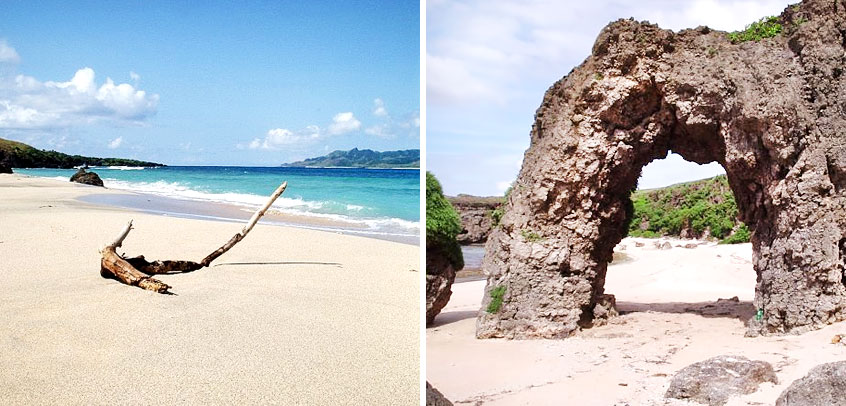

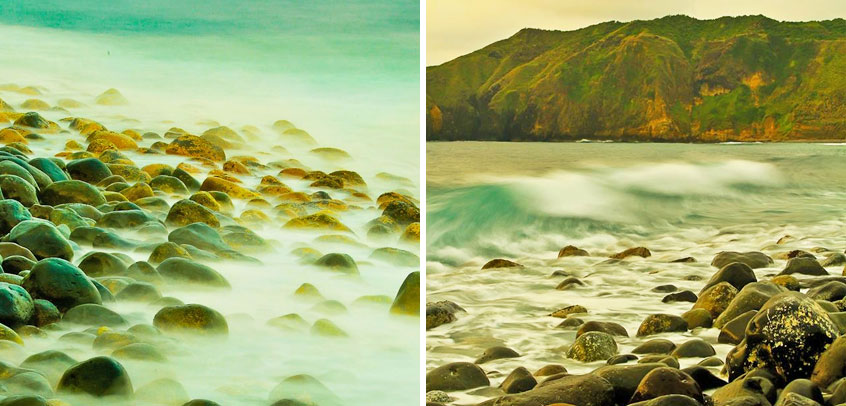

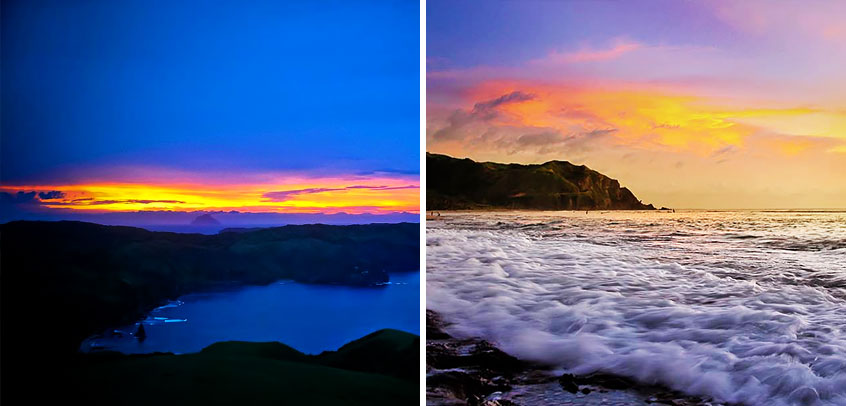
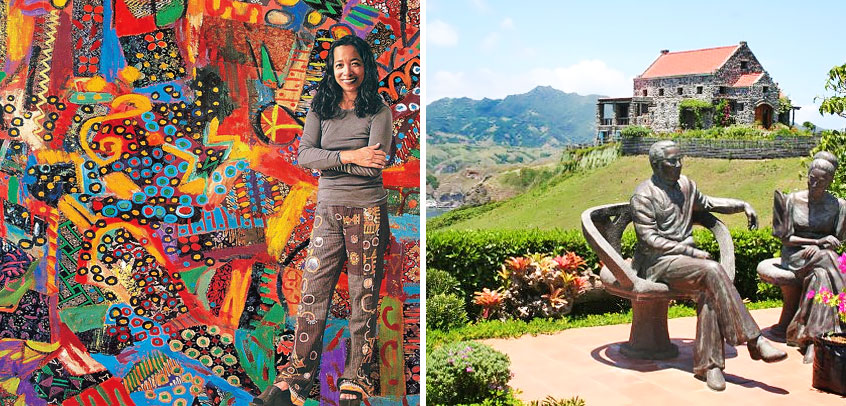
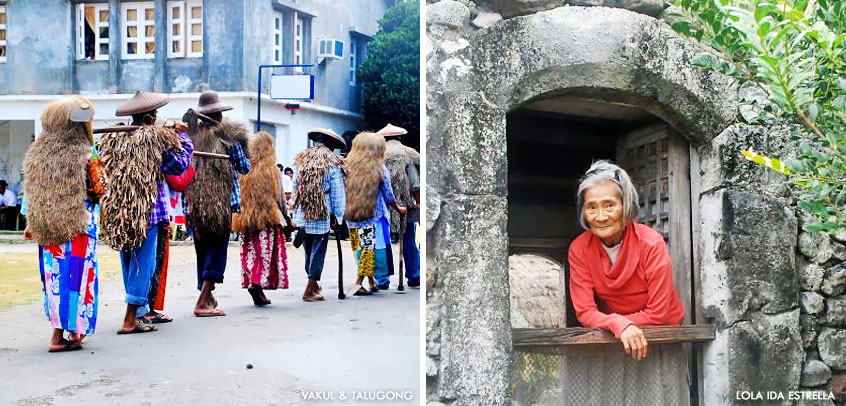
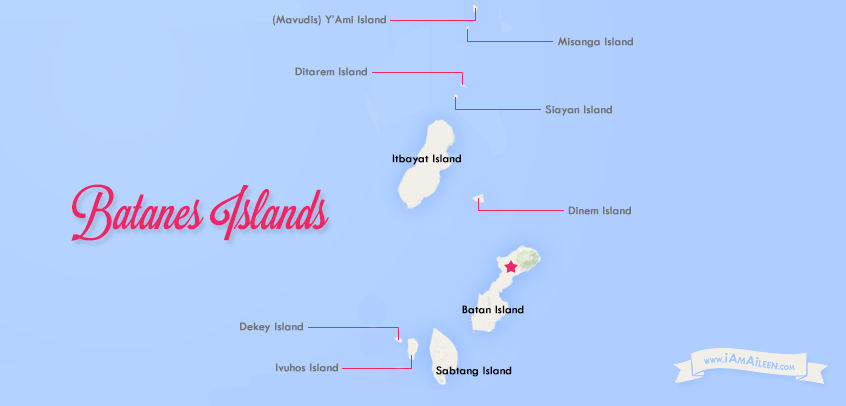
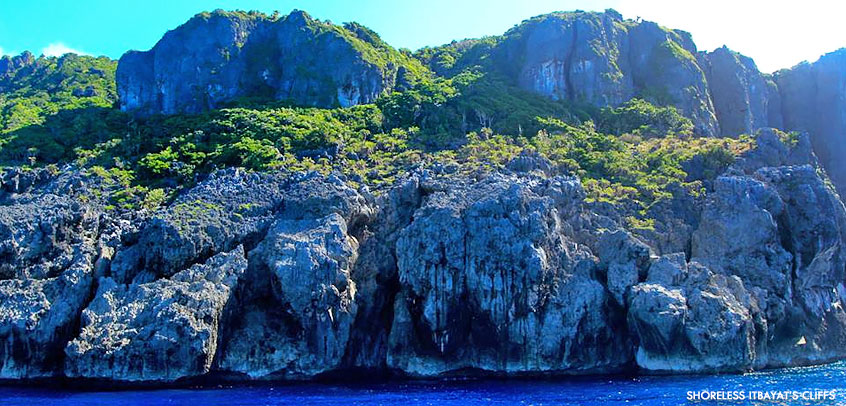
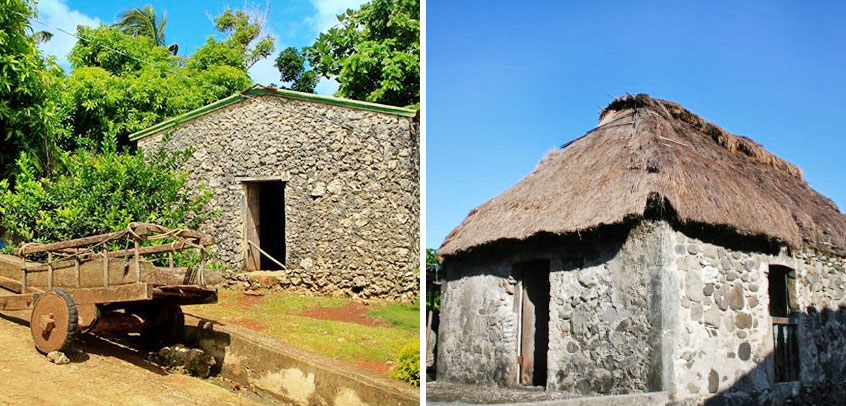
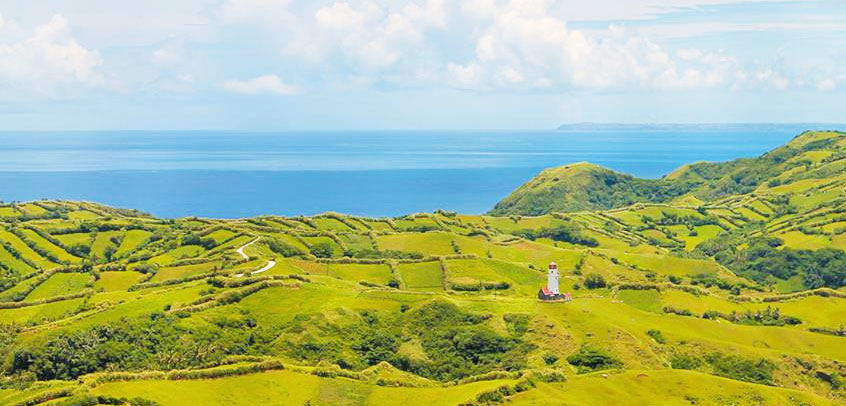
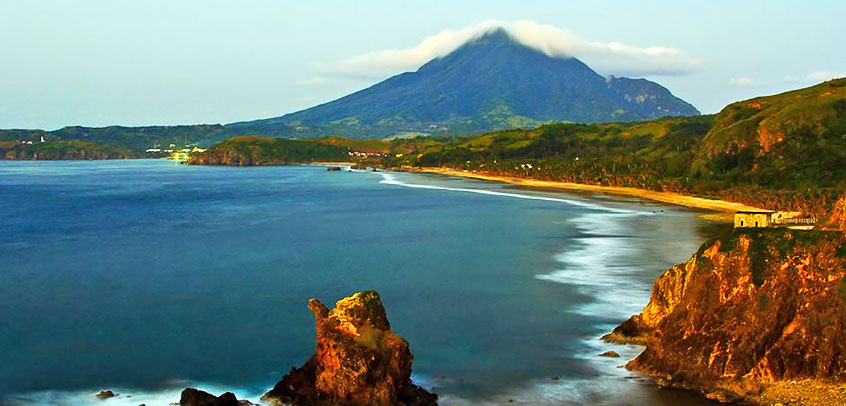
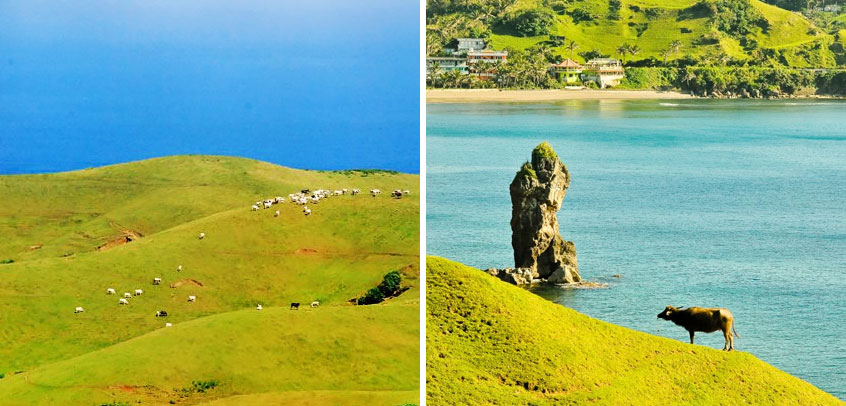
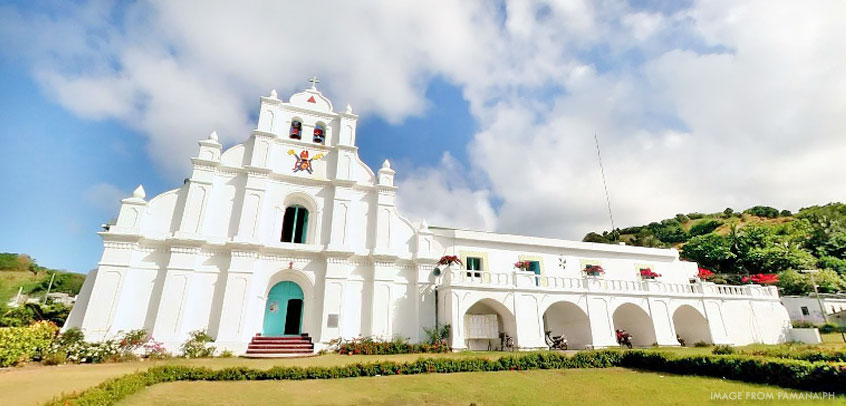
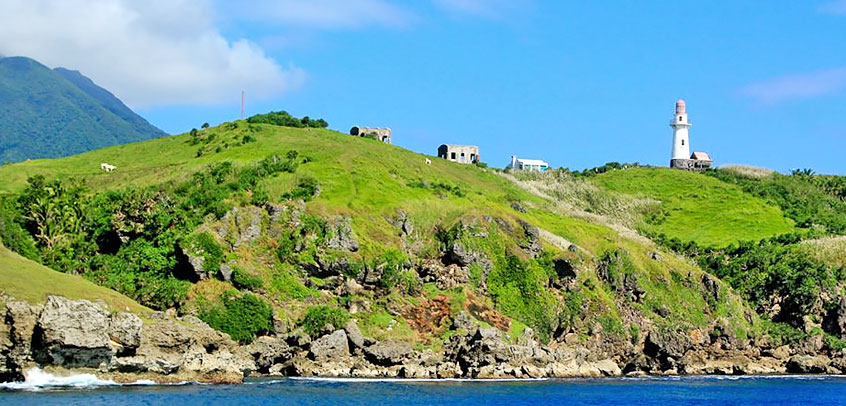
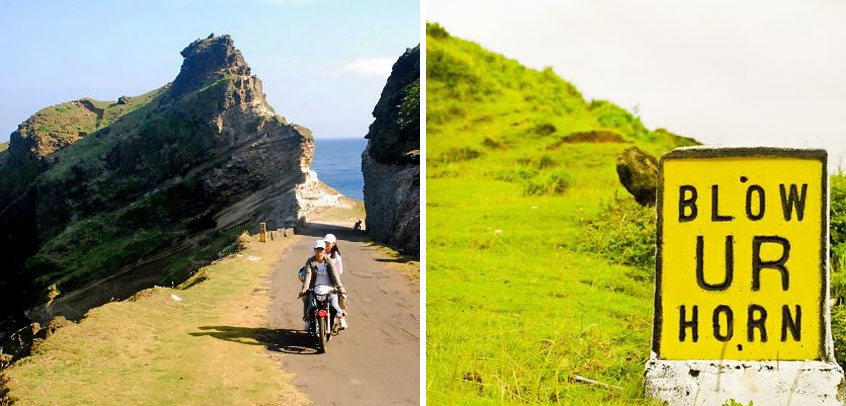
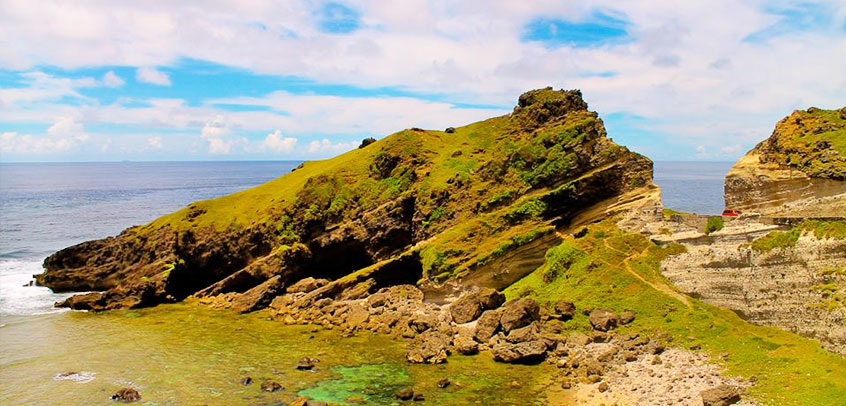
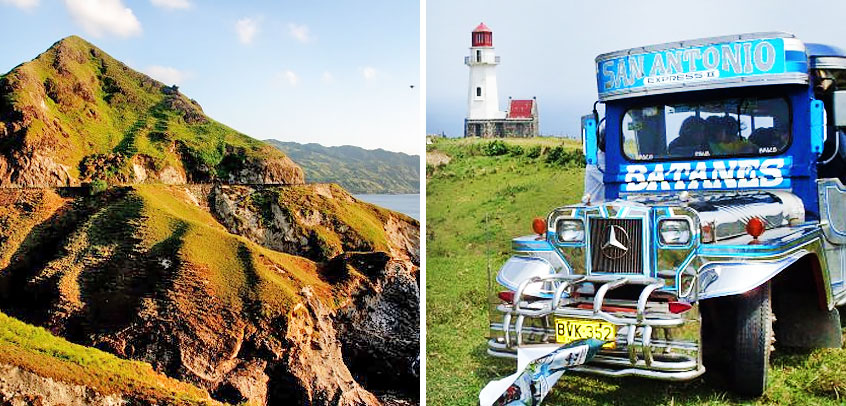
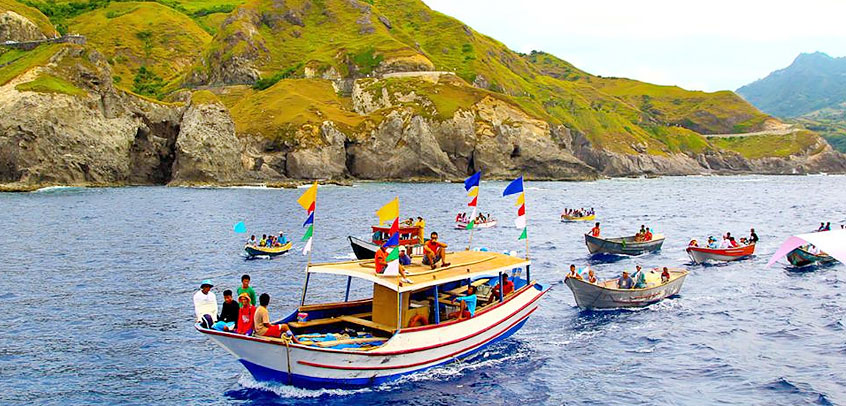
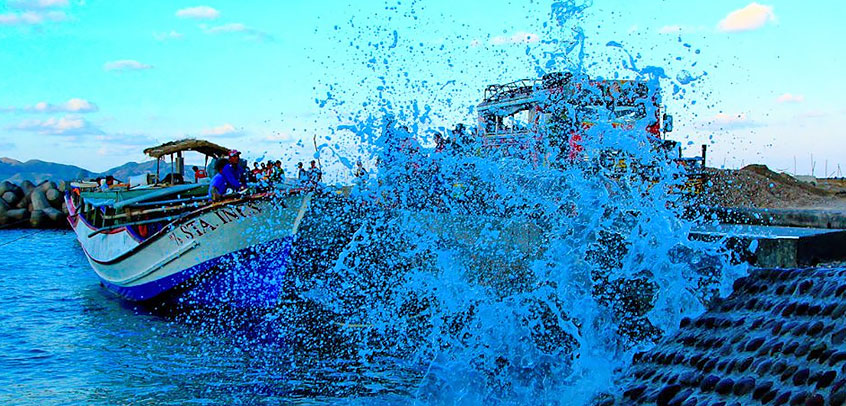
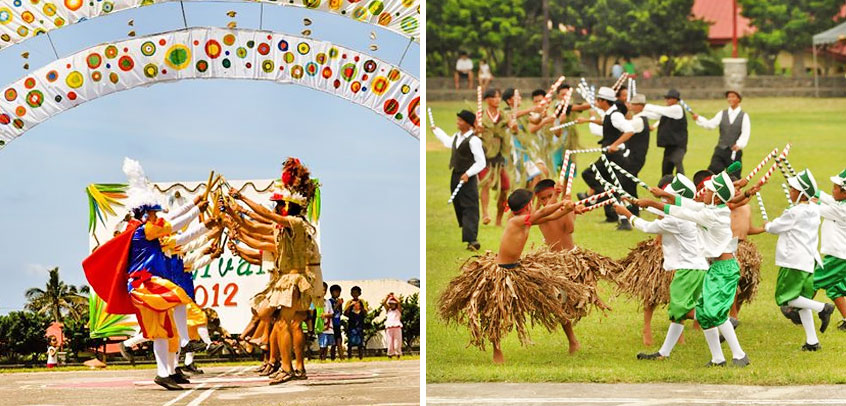
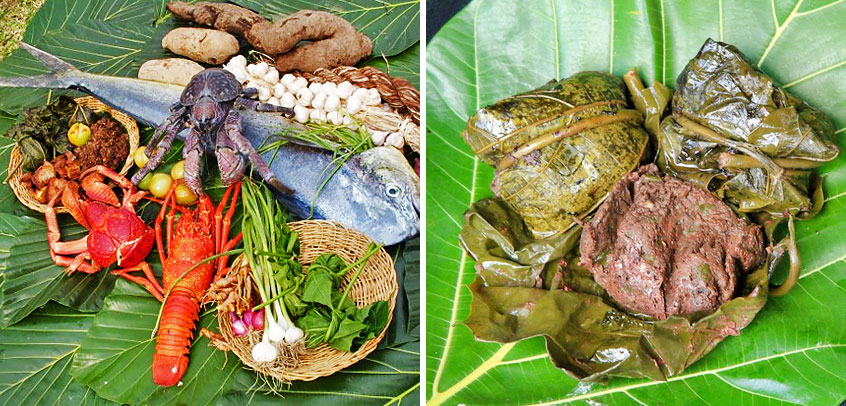
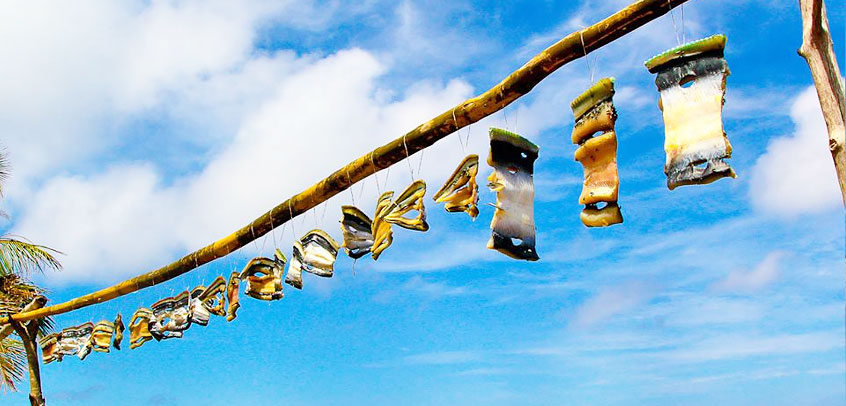
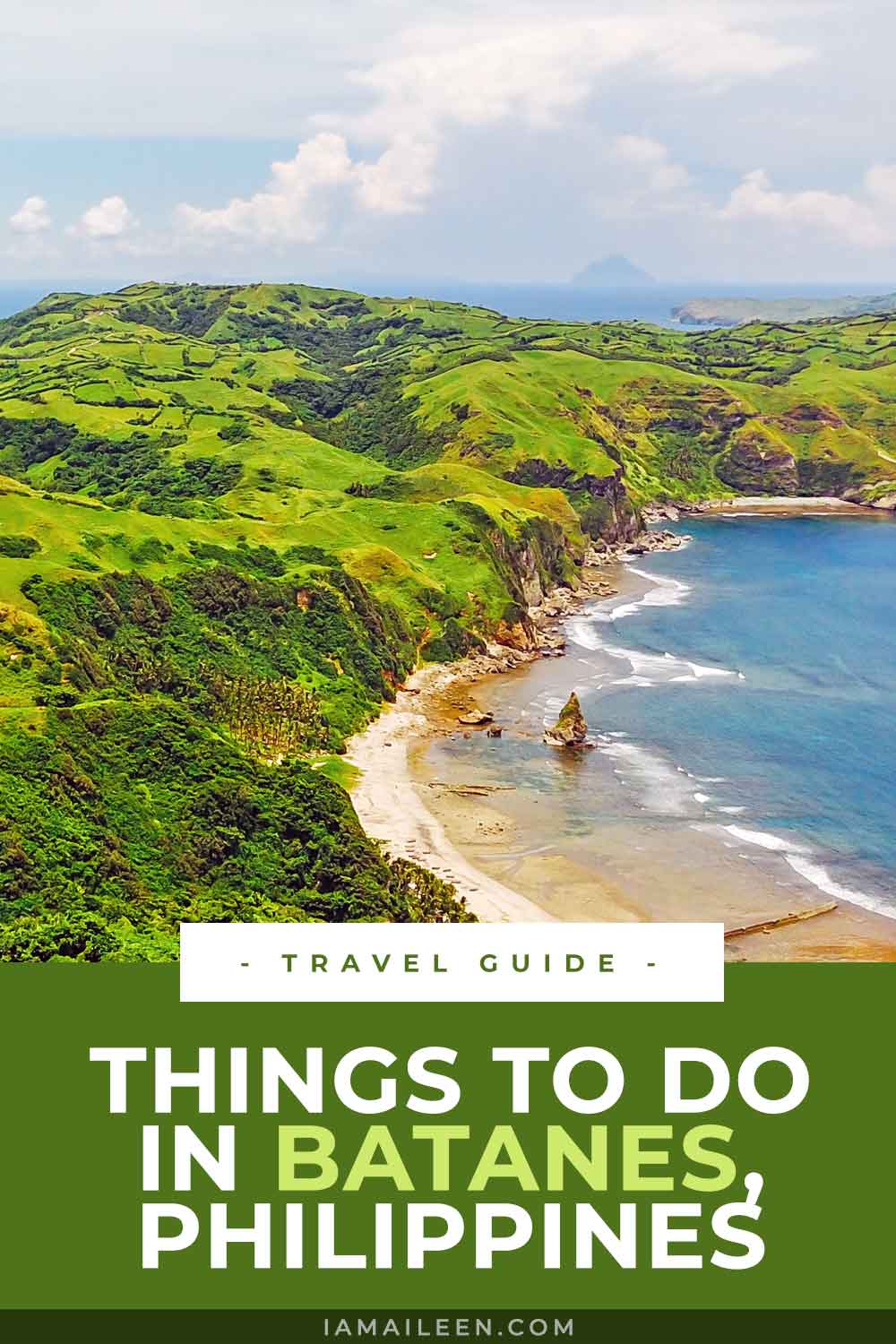


Thanks for sharing this Ms. Aileen! OMG, I really want to visit Batanes! What a HIDDEN PARADISE of the Philippines.. Please preserve your culture. I also heard that only the Ivatans/locals can own a property or buy a land in Batanes. If this is true then I believe Batanes will be able maintain its majestic beauty.
I feel proud while reading your blog although I’m not an Ivatan. I hope to visit your hometown soon. Thank you for writing this!
Ang ganda talaga ng Batanes. Wish to go there someday!
Thanks Aileen, well written and very information. We’re flying to Batanes on Friday – our first time, so excited!!
That’s great! Enjoy your stay and let me know how it goes :D
Very much excited to visit after looking at these scenarios!!!!